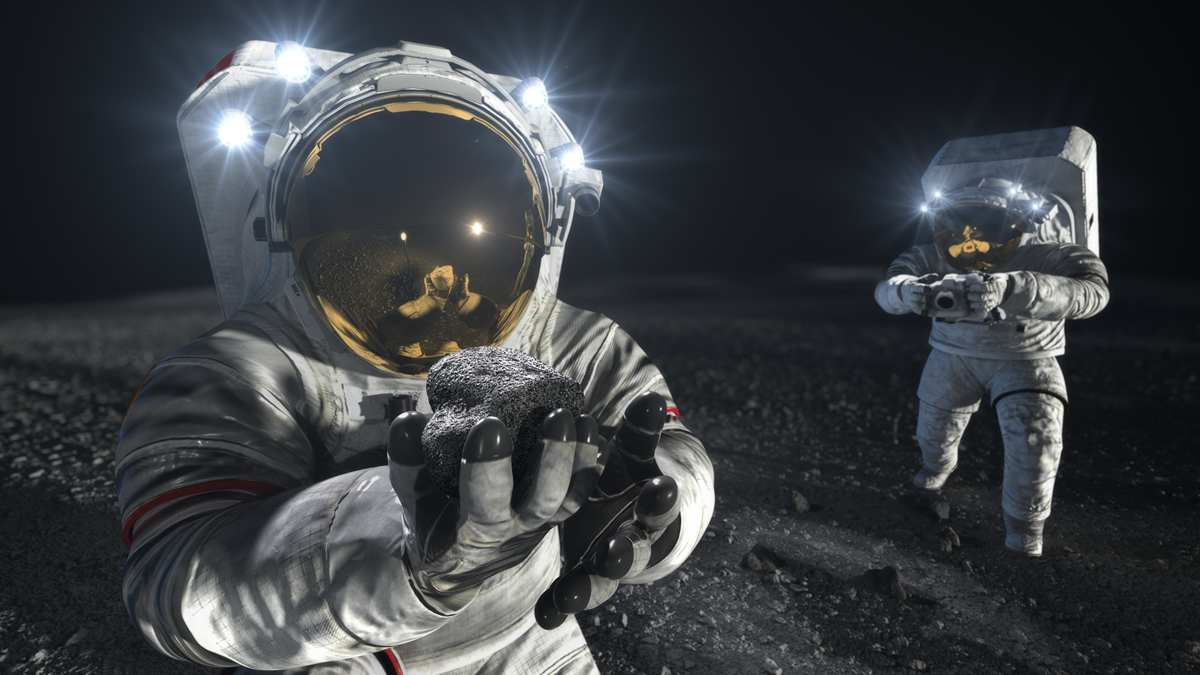Follow us on Google News (click on ☆)
This initiative is part of the Artemis program, which aims to establish a sustainable human presence on our satellite. The reactor, with a capacity of 100 kilowatts, would be a more reliable solution than solar energy, given the long lunar nights.

Artist's impression of two astronauts working on the Moon during Artemis lunar operations.
Credit: NASA
The space race is taking on a new dimension with this announcement. China and Russia are also collaborating to build a lunar power plant, which could give a strategic advantage to the first to succeed.
According to reports by Politico, NASA's acting administrator, Sean Duffy, is expected to issue a directive accelerating the project. The goal is clear: to outpace other nations in this technological race.
The stakes go beyond mere space exploration. The first country to install a nuclear reactor on the Moon could establish an exclusion zone, thereby limiting the activities of other nations. This prospect highlights the strategic importance of the project.
A space nuclear reactor uses fission to produce heat, which is then converted into electricity. Unlike terrestrial reactors, it must be compact and withstand the extreme conditions of space.
The technology relies on materials capable of maintaining a controlled reaction without the risk of overheating. Cooling systems are adapted to function in the vacuum of space.
Why is the Moon a strategic asset?
The Moon represents an ideal platform for space exploration and resource exploitation. Its proximity to Earth makes it a launch point for more distant missions.
The lunar poles, in particular, contain water ice, a valuable resource for life and fuel. Owning a lunar base thus means a significant advantage in the space race.
Moreover, the Moon offers unique conditions for scientific research, particularly in astronomy. Installing instruments on its far side would allow observations free from terrestrial interference.